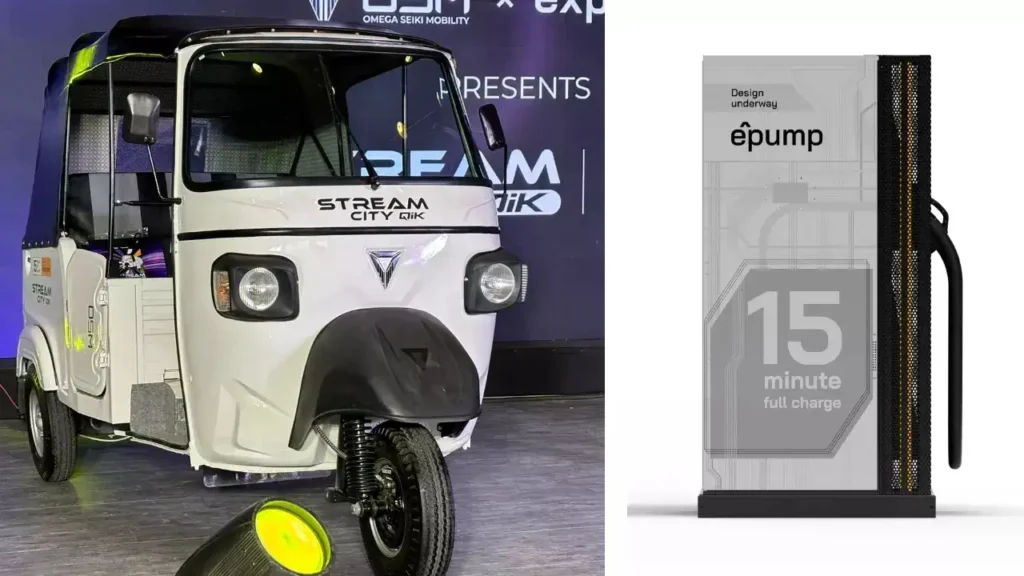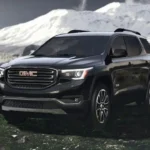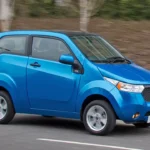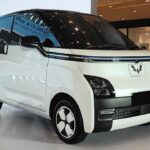Omega Seiki Mobility, a rising name in India’s electric vehicle (EV) industry, has positioned itself as a key player in the last-mile and commercial EV segment. With a focus on sustainability and innovation, the company has garnered attention for its electric three-wheelers, cargo carriers, and plans for broader mobility solutions. However, despite this promising foundation, Omega Seiki is currently grappling with logistics setbacks that are affecting its operations and slowing down its growth trajectory.
These challenges have begun to impact the timely delivery of vehicles, supply chain efficiency, and expansion plans, raising concerns about the company’s ability to scale in a competitive and fast-evolving market.
The Promise of Electric Mobility
Omega Seiki entered the EV market with a mission to drive clean and efficient transportation solutions, especially for urban and last-mile logistics. Its electric three-wheelers have been embraced by fleet operators and logistics companies looking to reduce fuel costs and carbon footprints. The company’s strong focus on sustainability and localization initially helped it gain momentum.
From battery-powered rickshaws to cargo EVs, Omega Seiki carved out a niche by targeting commercial transport rather than private buyers. This B2B approach gave it an edge in high-volume sales, particularly in metro cities where demand for electric cargo transport is growing steadily.

Logistics Setbacks Disrupting Growth
Despite a promising start, Omega Seiki is now encountering a range of logistics-related hurdles that are slowing vehicle delivery schedules and affecting supply chain efficiency. These issues stem from multiple factors, including global shortages of essential EV components, limited local manufacturing capabilities, and infrastructural bottlenecks.
The company has faced difficulties in maintaining a steady flow of components such as lithium-ion batteries, controllers, and motors—all critical to electric vehicle production. Supply disruptions, both local and international, have created delays in assembly and shipment, impacting order fulfillment timelines and customer satisfaction.
Additionally, transportation and warehousing challenges within India have further complicated vehicle distribution. In a segment where fleet operators rely on timely deployment of EVs for commercial use, any delay can directly impact their operations, making them hesitant to scale up with Omega Seiki vehicles.
Impact on Dealer and Customer Relations
Logistics setbacks have also led to frustrations at the dealership level. Delayed vehicle deliveries, lack of spare parts, and inconsistent supply of accessories have made it difficult for dealers to meet customer expectations. This has the potential to hurt brand credibility, especially in tier-2 and tier-3 markets where Omega Seiki is looking to expand.
For fleet buyers and logistics partners, downtime translates to revenue loss. As a result, some partners are reportedly reconsidering or slowing down fleet expansion plans involving Omega Seiki models, until the logistics issues are resolved.
Scaling Challenges Amid Rapid Demand
The Indian EV market, particularly in the commercial segment, is witnessing rapid growth. Demand for efficient, low-cost electric cargo and passenger vehicles is on the rise. Omega Seiki, despite having strong demand for its products, is finding it difficult to scale operations to meet this surge.
The lack of an integrated supply chain and limited production scalability are key obstacles. In contrast, competitors that have invested early in vertically integrated operations or secured reliable component suppliers are able to respond faster to market needs.
A Need for Strategic Overhaul
To overcome these setbacks, Omega Seiki needs to reinforce its supply chain strategy. Investing in local manufacturing partnerships, building redundancy in component sourcing, and strengthening its logistics infrastructure are essential steps. Additionally, adopting advanced inventory management systems and predictive analytics could help the company preempt disruptions and streamline operations.
Exploring joint ventures or technology tie-ups with battery and drivetrain manufacturers could also reduce dependency on volatile international supply chains.
Conclusion: Turning Setbacks into Opportunities
Omega Seiki Mobility remains a strong contender in the commercial EV space, with products that align well with India’s sustainability goals. However, to sustain its momentum and capitalize on the growing EV demand, it must resolve its logistics challenges swiftly. By strengthening its backend operations and supply chain, Omega Seiki can transform its current hurdles into a platform for long-term growth and market leadership.







